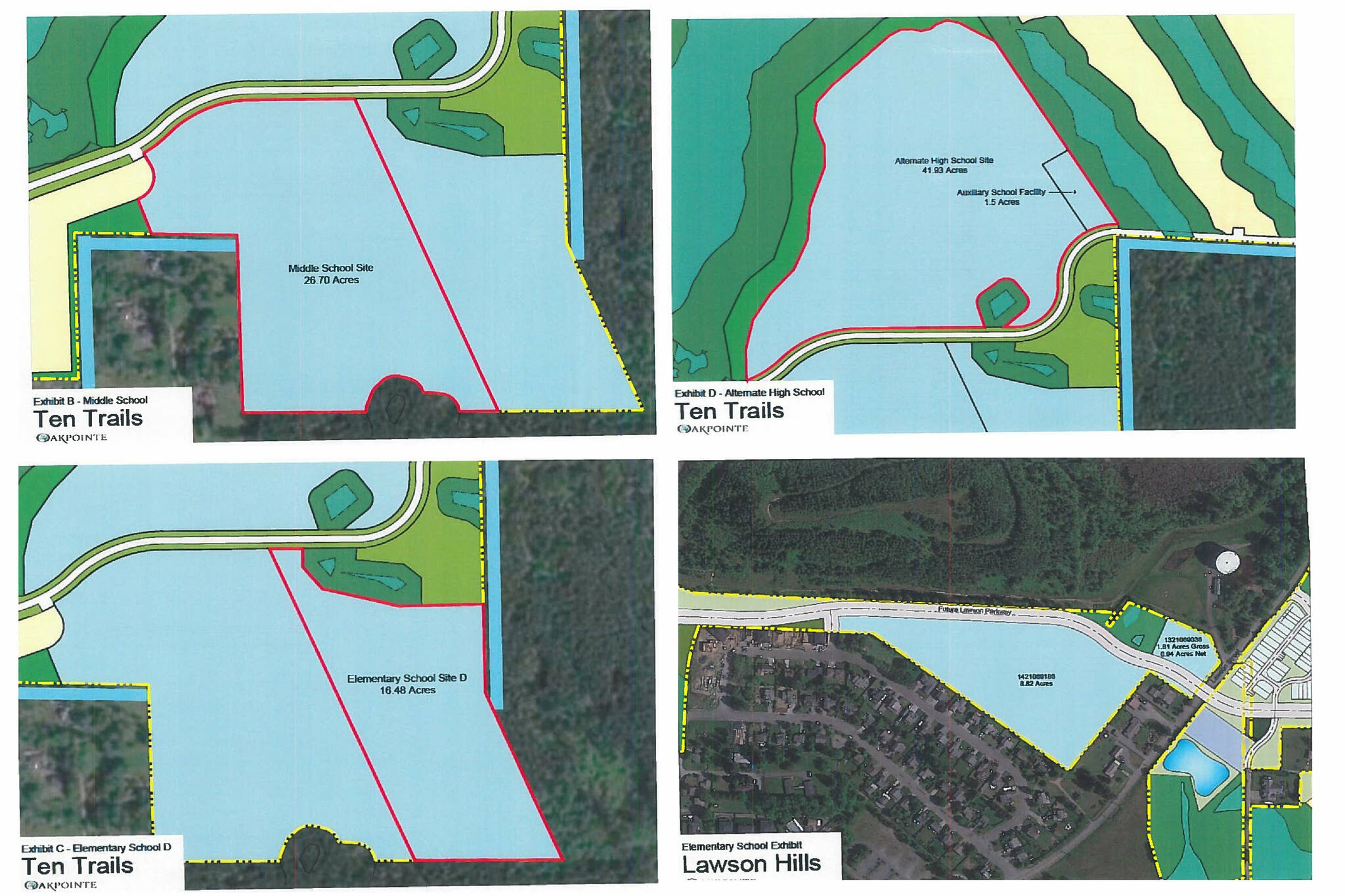Ten Trails and Lawson Hills neighborhoods developer Oakpointe is asking the Black Diamond City Council to consider recreation needs for the near future.
Oakpinte CEO Brian Ross gave elected officials an update about the massive project during the Aug. 15 meeting.
According to Ross, more than 1,050 homes have been sold, 176 apartments and 61 rental homes constructed, 40 acres of parks and open space developed, and couple dog parks and pea patches made available to residents to date.
“We’re about 20% developed so far,” he said.
When fully built-out, Ten Trails and Lawson Hills will amount to 1,441 acres — which includes open space, parks, and schools — with an estimated 4,800 dwelling units in the former and 1,250 in the latter.
But final details are still in the air.
One of the biggest questions facing Oakpointe, Black Diamond, and the Enumclaw School District is: how will a new elementary school, and potential middle and high schools, be funded as the city’s population continues to grow, and where will they be located inside these developments?
The Courier-Herald has reported that ESD and Oakpointe is exploring the possibility of the school district selling land back to Oakpointe at a profit in order to partly or fully-fund an elementary school. Discussions have not concluded.
“We’re doing to do what we can to help move that along and work with the district to see if we can find a creative solution to help get that built, because the community desperately needs a school,” Ross said.
What sort of retail is planned for the development has also been a mystery.
“Never fast enough on the retail… but it is happening,” Ross said, adding that retail developers met with the city’s Master Plan Development Team very recently.
It is known, though, that Safeway is in the design and development phase to build a grocery store just off Roberts Drive.
“Hopefully we’ll have more news to share… soon, as far as the schedule, but I would guess… by the time they get through their site planning requirements and permitting, etc., it’ll be maybe first half of 2025 that this actually starts coming out of the ground,” Ross continued.
But now, as Oakpointe nears a pivotal benchmark in its neighborhoods, the city needs to strongly consider what sort of recreation needs its residents need or want, and where those facilities should be constructed.
When the developments reach a certain number of constructed housing units, Oakpointe is required to build various recreational facilities.
For example, once 800 units were built, Oakpointe was required to either bond (secure the funds for) or construct one-and-a-half basketball courts, one soccer field, and one tennis court.
The developer decided to bond those facilities because Black Diamond’s needs and wants likely changed between when the development plan was signed in 2010 to when those 800 units were built a decade later. But planning for these facilities has to begin soon, as the 1,600 unit mark is approaching and will trigger an additional 1.5 basketball courts, another soccer field, and two more tennis courts.
In total, the developer is expected to build five basketball, tennis, soccer, and youth baseball fields each, plus one adult baseball field, one youth football field, a track field and gymnasium (if authorized by ESD), and one community center by the time 3,600 dwelling units are constructed.
This could be great for Black Diamond residents, but it could also be a nightmare for the city.
As of 2022, the city had a budget of a little more than $186,000to maintain and operate, among other cultural programs and recreational activities, five parks: Union Stump (the entrance to the city cemetery); a Little League baseball field; Lake Sawyer Regional Park (including its parking lot and boat launch); the Eagle Creek Drive basketball park; and a BMX Bike Track.
Quintupling the number of parks the city has to maintain, even if it takes years for these recreation facilities to be built and as additional property and sales tax dollars begin to flow into the city’s coffers as its population increases, could be too much to handle.
“When we’re gone, these will be your parks,” Ross said, adding that this means the city should take an active role in determining whether the plan for these facilities should be followed or altered. “… Where do you want them, and what do you want?”
Since funding is likely to be a key issue, Ross suggested the city and Oakpointe change the development agreement to decrease the number of facilities in exchange for park funding.
“It might make sense to take a few of these things off the board, like one of the baseball fields, the football fields… come up with the financial equivalent of those things, and bond a maintenance and operation… [program] for city parks,” he said.


